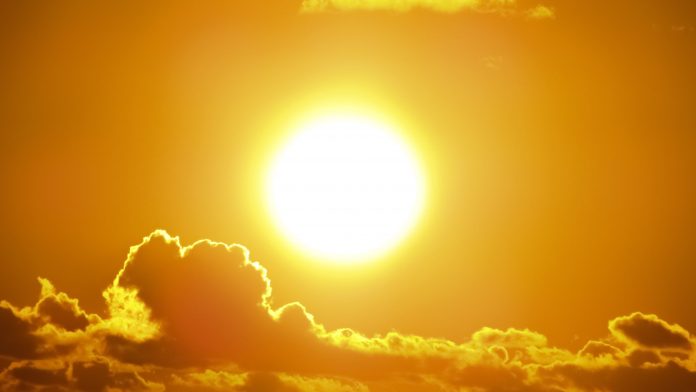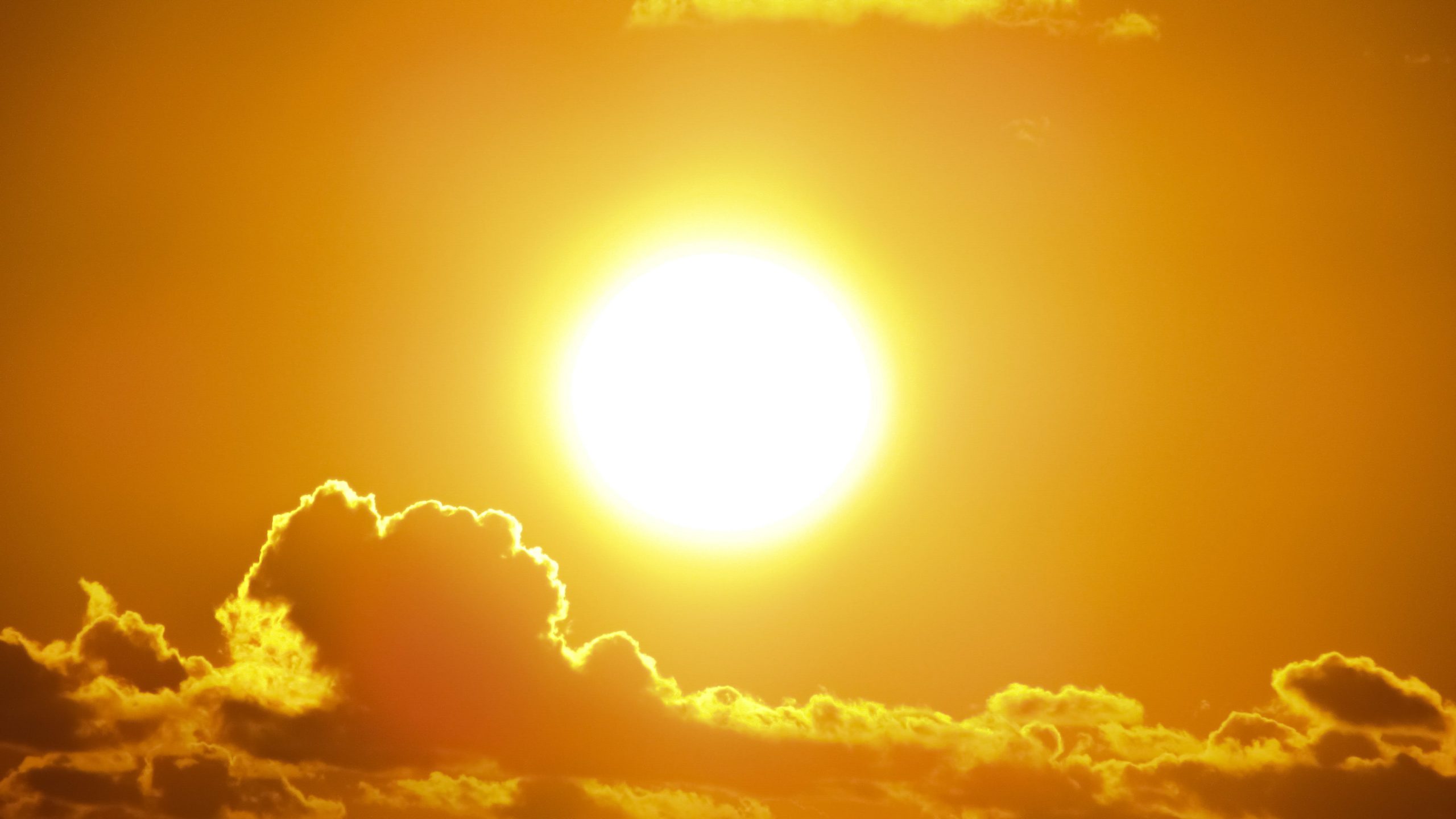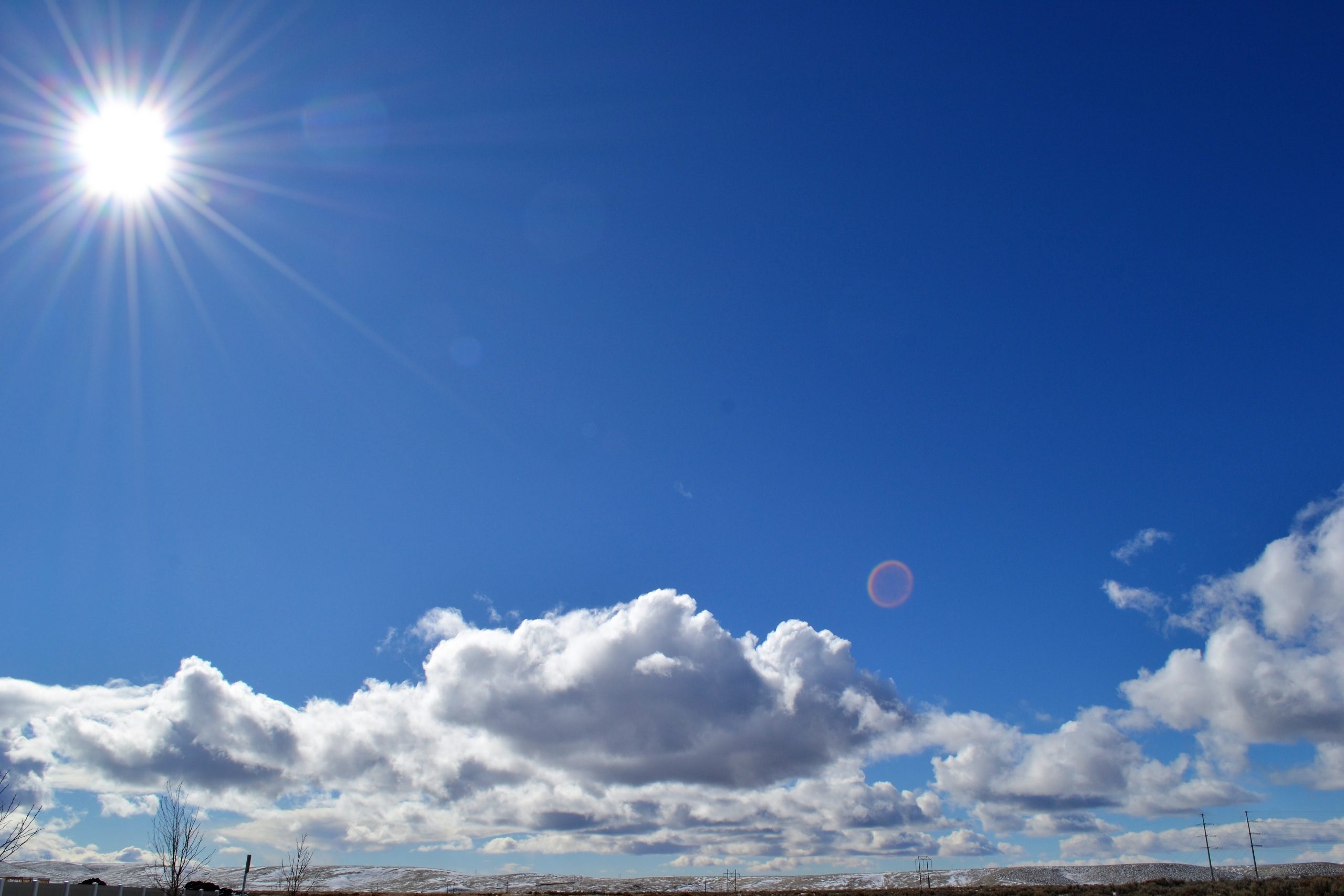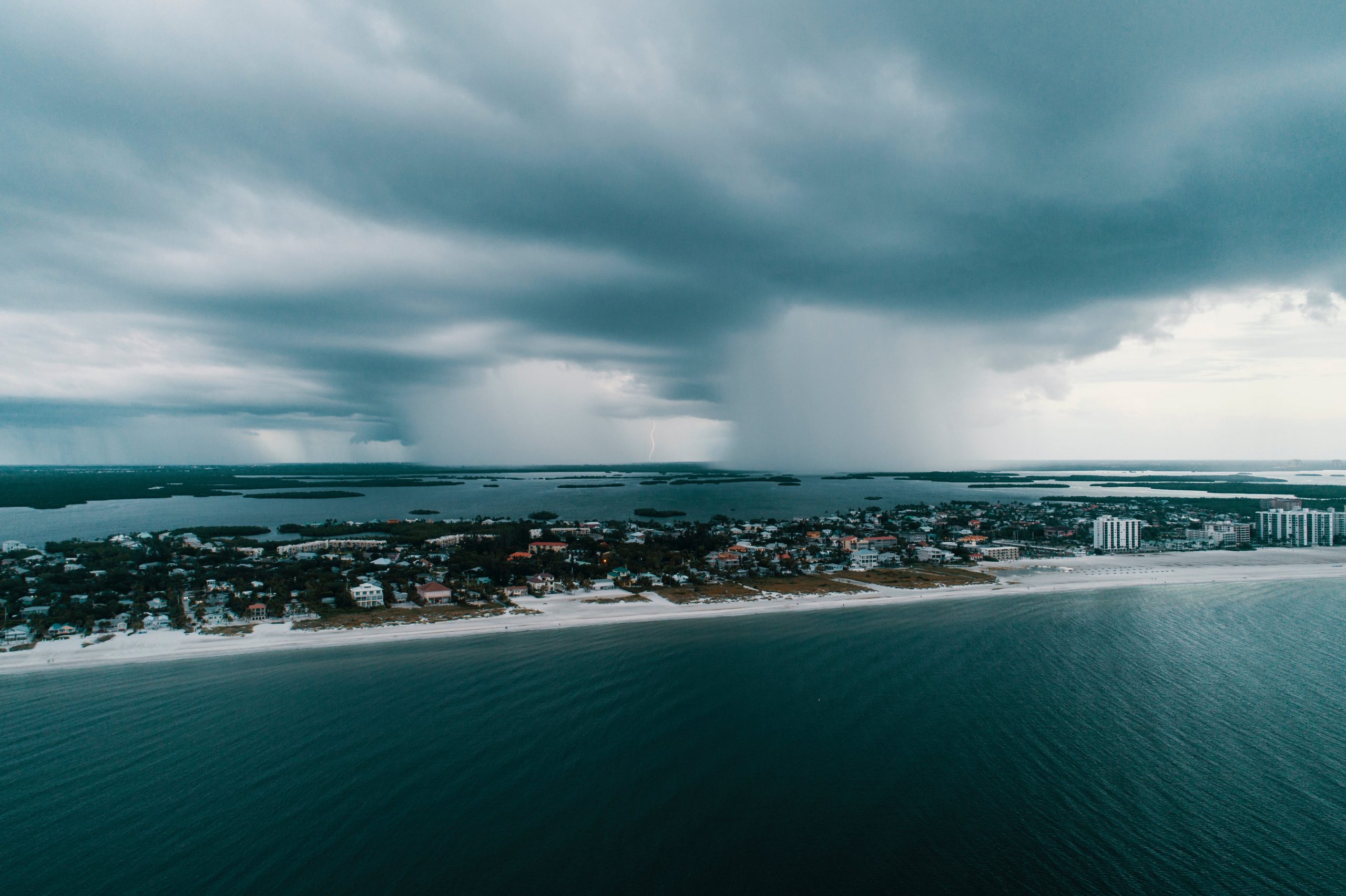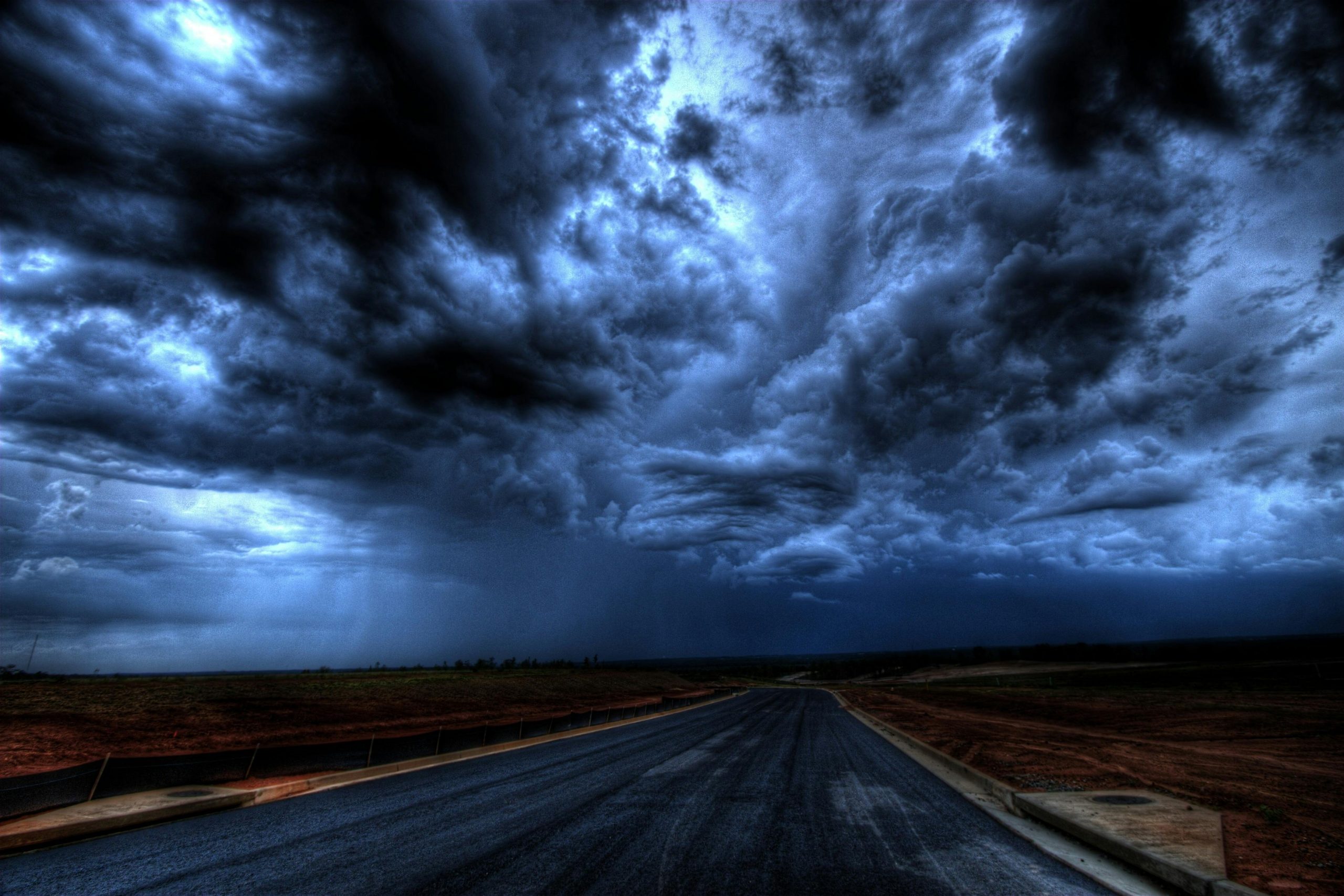After a year and a half of duration and successive temperature records broken, El Niño should say goodbye in the second half of the year and give way to La Niña later this year.
++ US museum returns first batch of gold artifacts looted from Ghana
According to the Oceanic and Atmospheric Agency (NOAA), the coldest version of the climate phenomenon should come into force between July and September, according to the entity’s document, prepared based on a series of statistical-climatic models.
As a result, El Niño occurs every two to seven years, and is characterized by the warming of the surface waters of the Pacific Ocean in the Equator region.
Where did this come from?
This causes the interruption of circulation patterns of sea currents and air masses, which leads to different consequences around the world. “Depending on its strength, El Niño can cause a range of impacts, such as increasing the risk of heavy rain and drought in certain locations around the world,” said Michelle L’Heureux, scientist at the Climate Prediction Center.
Last week, a report from the National Institute of Meteorology (Inmet) indicated that, although El Niño is currently classified as strong, the intensity of the phenomenon is expected to change from moderate to weak in the coming months, with the possibility of La Niña forming in the second semester.
++ Actress fakes her own death and sparks debate in India
The document is produced and updated monthly to ensure information about the phenomenon and, thus, support federal and state bodies, in addition to contributing to government decision-making regarding the country – the phenomenon affects, for example, the harvest.
Therefore, La Niña is an opposite climate phenomenon, characterized by the cooling of surface waters in the Pacific and the consequent drop in global temperatures.
The last time it was in effect, the phenomenon lasted three years. “La Niña increases cold waves in the autumn-winter and spring periods.
According to NOOA, El Niño is expected to extend its effects until May. After this month, a period of climate neutrality follows and then La Niña begins to form. The two events do not necessarily follow each other immediately, explains Estael. They can be prolonged and repeated.
